Rainbow Korean Restaurant (무지개한정식)
621.186907794658m 8593 2020-01-03
264, Bomun-ro, Jung-gu, Daejeon
+82-042-256-8881
Located in Daejeon, Rainbow Korean Restaurant offers a traditional fine dining experience of royal court cuisine. The restaurant is committed to producing authentic dishes made with locally produced fresh ingredients without any MSG.
The restaurant serves over 20 different menu items and goes way beyond standard dishes by offering delicacies such as sliced flatfish, ear shell mixed with vinegar pepper sauce, stirred turban shell, smoked duck, and steamed beef ribs. Separate rooms are available for private parties and a wide dining hall may be booked for rehearsal dinners, 60-year birthday parties, and other special events.
BENIKEA Hotel Daelim (베니키아 호텔 대림)
708.8227012257821m 9617 2016-10-01
50, Daejong-ro 505beon-gil, Jung-gu, Daejeon-si
+82-42-251-9500, 9400
BENIKEA Hotel Daejeon is located only ten minutes from Daejeon Station, one of the city’s major hubs of transportation. The European-style business hotel offers comfortable guestrooms complete with large beds, high-speed internet, and the latest VOD systems. Catering not just to business guests, the hotel also offers family rooms with king-sized, double, and single beds. At the coffee shop on the first floor, a Western-style breakfast is served each morning. The hotel can also accommodate events such as seminars, conferences, weddings, and more with their small, medium, and large banquet halls.
Miso Bonga Smile Kalguksu (미소본가스마일칼국수)
720.8220489832685m 9 2024-02-23
82 Bomun-ro 230beon-gil, Jung-gu, Daejeon
042-221-1845
Miso Bonga Smile Kalguksu is renowned for its kalguksu (noodle soup), featuring handmade noodles. The dish presents a noodle soup rich with ingredients such as anchovy broth, crown daisy, ground perilla seeds, and zucchini. Popular summer dishes include son kongguksu (noodles in cold soybean soup), suyuk (boiled pork slices), and the crispy kimchijeon (kimchi pancake), which are also favorites among patrons. This place is so popular that you may find yourself waiting in line.
Bada Hwangje (바다황제)
755.1247071788589m 9 2024-02-23
43 Daeheung-ro 121beon-gil, Jung-gu, Daejeon
0507-1411-5665
Bada Hwangje is renowned for its fresh seafood cuisine. Their signature offering is a course menu that includes freshly sliced raw fish and a spicy seafood stew. Accompanying these are a well-curated selection of standard side dishes, fresh vegetables for wraps, and an impressive array of 15 appetizers. Another highly popular dish at Bada Hwangje is the jeonbok haesintang (chicken and seafood soup with abalone). This soup is meticulously simmered with a variety of seafood, duck, five key ingredients, and a blend of Korean herbs.
Hanbat Museum of Education (한밭교육박물관)
774.6688332384165m 22261 2021-04-09
96, Uam-ro, Dong-gu, Daejeon
+82-42-670-2200
Hanbat Museum of Education, opened on July 10, 1992, is home to 9 exhibition halls, 3 smaller exhibition areas, and outdoor exhibit areas displaying a total of 27,000 education-related items such as old school textbooks, educational books, student files, stationery, and more. The museum is particularly popular as a fieldtrip destination for local students.
Exhibition chambers at the museum house documents and items that bear witness to the history of education from the olden days (i.e. village Confucian schools) to the present. Also on display are folk materials on the ancient educational institutions of the past and the daily lives of students. Thanks to the extent and variety of its documents, the museum is a great educational institution that not only preserves the history of education in Korea, but also sheds light on hundreds of years of life, tradition, and culture.
The museum building, built on June 8, 1938, is the oldest one in the city. Used as a school and later a military base for the U.N. Peace Corps and North Korean soldiers during the Korean War, the building has never been renovated and still bears the bullet holes and other marks of its tumultuous history. In recognition of its historical importance as a local structure, the museum was designated Cultural Property Material No. 50.
Manna (만나)
780.8442645760124m 39833 2024-02-15
138 Daeheung-ro, Jung-gu, Daejeon
Manna is a renowned restaurant known for its sukiyaki, a traditional Japanese dish. This dish boasts a delightful combination of beef, vegetables, mushrooms, and fish cakes, all simmered in a delicate broth. Typically, the cooked ingredients are dipped in raw egg, which adds a rich and creamy texture. Alternatively, the cooked meat can be dipped in ssamjang (mixed paste) and wrapped in lettuce. Complementing the meal, lemonsawa (a mix of soju or sake with lemon juice) pairs well with sukiyaki. The experience is often rounded off with lemon tea, providing a refreshing and soothing conclusion to the dining experience.
Hyundai Gallery (현대갤러리)
821.3651197602545m 11404 2019-03-19
33, Junggyo-ro, Jung-gu, Daejeon
+82-42-254-7978
Hyundai Gallery is located in the heart of Daejeon. The City Hall, Court of Law, and Police Station etc. are some of the important establishments concentrated in the area. The Exhibit Hall on the B1 floor of Hyundai Gallery is 70 Pyeong (1 pyeong = 3.3 square meters), and is the preferred locale for talented artists exhibiting their work. Private invitation exhibitions are usually held. The exhibited works are ones that reflect modern art trends, and show the art world of progressive artists. The lighting is very impressive, and highlights the exhibited items beautifully. The simplicity of its design allows you to focus on and enjoy the artwork even more. There is a historic art gallery near the Hyundai Gallery, and the third largest lake in Korea called Daecheongho Lake. If you want to enjoy the tranquil beauty of a large lake, head over to this place. The water is very clean, and is host to many different types of fish.
Daejeon Modern History Exhibition Hall (대전근현대사전시관(옛 충남도청사 본관))
908.1049558188067m 13624 2021-12-08
101, Jungang-ro, Jung-gu, Daejeon
+82-42-270-4537
Daejeon Modern History Hall opened to the public on October 1, 2013 at the former main building of Chungcheongnam-do Provincial Government, Daejeon (Registered Cultural Heritage). Visitors can see various scenes of history and the development of Daejeon over the past 100 years from the early 20th century to current times. Daejeon operates a planned exhibition hall, special exhibition showcasing history, architecture, design, folk style and other varied fields as well as a rotating exhibition. Also, touring the main building of Chungcheongnam-do Provincial Government, music concerts and various cultural education programs are available in this cultural complex.
Hakseon Sikdang (학선식당)
1.1 Km 9 2024-02-23
26 Bomun-ro 337beon-gil, Jung-gu, Daejeon
042-256-4057
Hakseon Sikdang is renowned for its authentic home-style Korean dishes. The highlight of their menu is the kimchi jjigae, a stew that combines aged kimchi and sliced tofu. This dish is complemented by an array of meticulously presented standard side dishes. The restaurant also takes pride in other specialties like doenjang jjigae (soybean paste jjigae), galchi jjigae (cutlassfish jjigae), and ojingeo jjigae (squid jjigae).
Geumgwang Hanjeongsik (금광한정식)
1.3 Km 6 2024-02-23
127 Chungmu-ro, Jung-gu, Daejeon
042-226-8686
Geumgwang Hanjeongsik is celebrated for its exquisite Korean table d'hote course menu. The centerpiece of their offerings is the specialty course menu that showcases sinseollo (royal hot pot), a dish historically reserved for state banquets. While the specific composition of the menu may vary slightly depending on the selected course, it generally includes a series of delicacies such as appetizer juk (porridge), yukhoe (beef tartare), jeonbok gui (grilled abalone), and galbijjim (braised galbi).

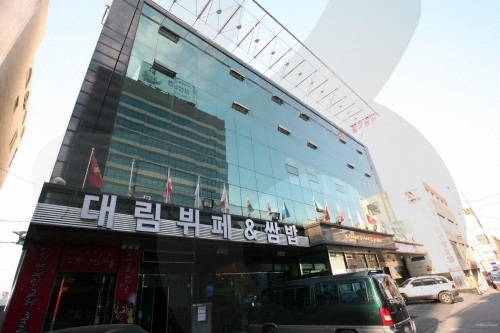
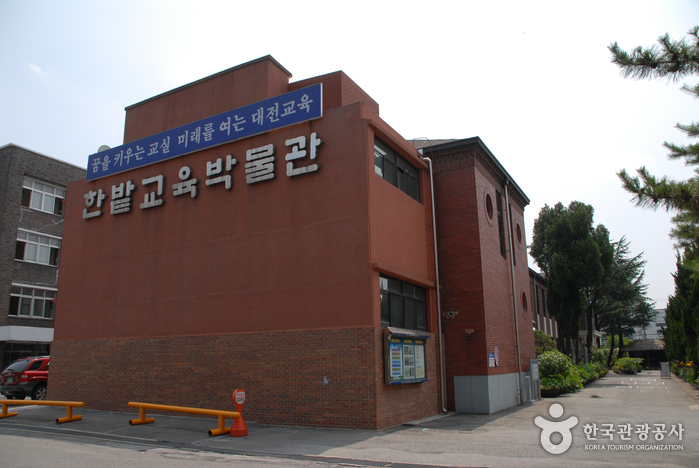
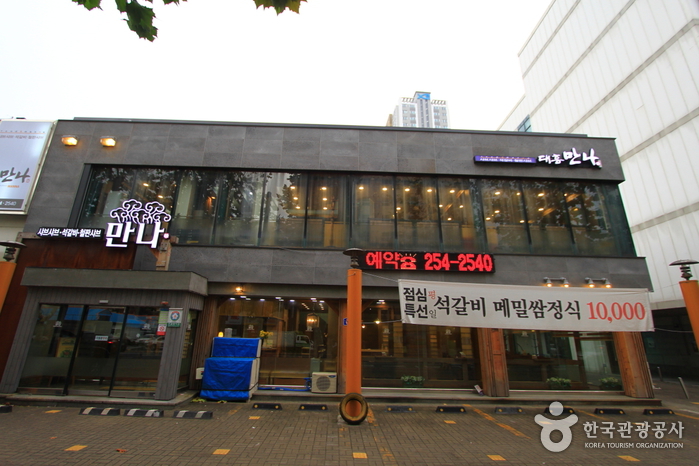
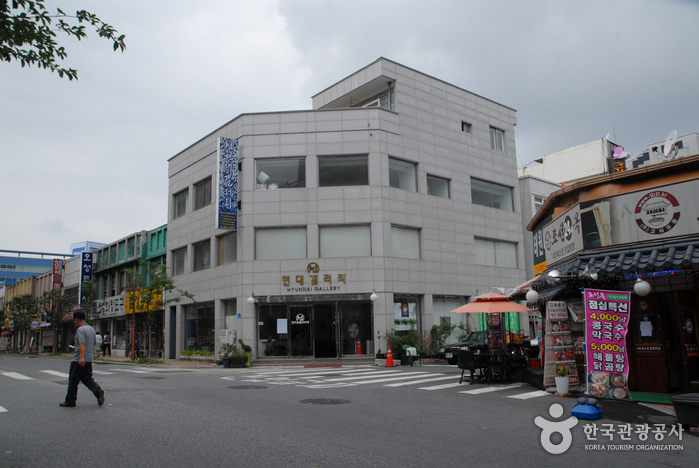
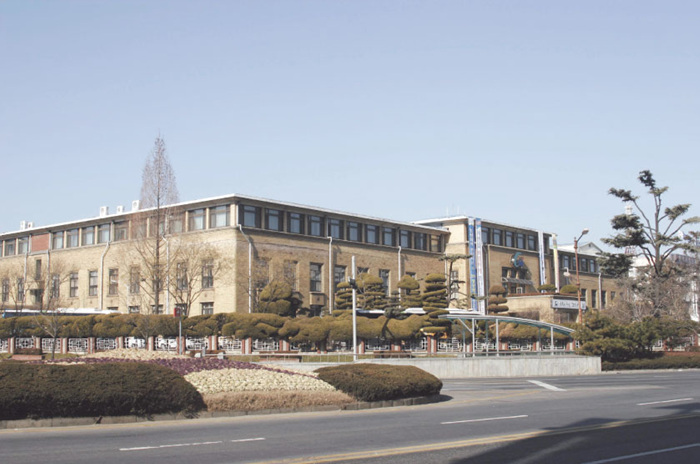
 English
English
 한국어
한국어 日本語
日本語 中文(简体)
中文(简体) Deutsch
Deutsch Français
Français Español
Español Русский
Русский